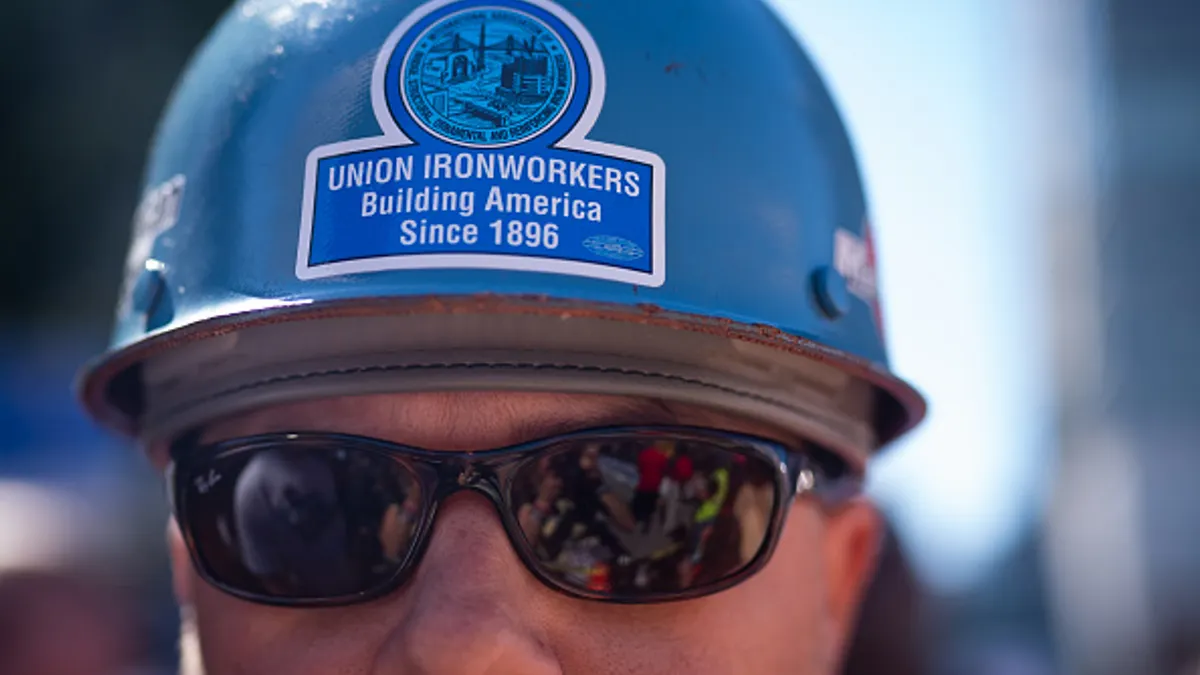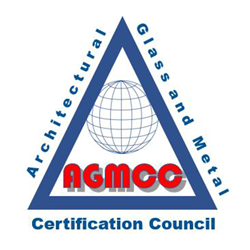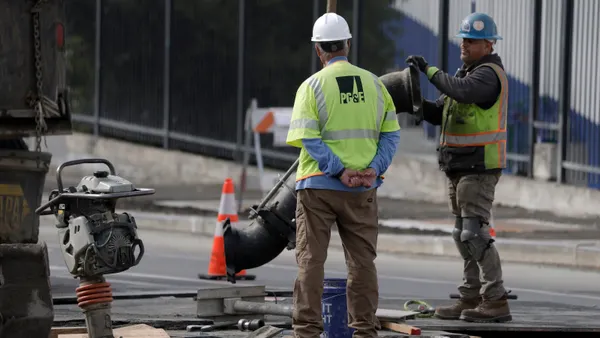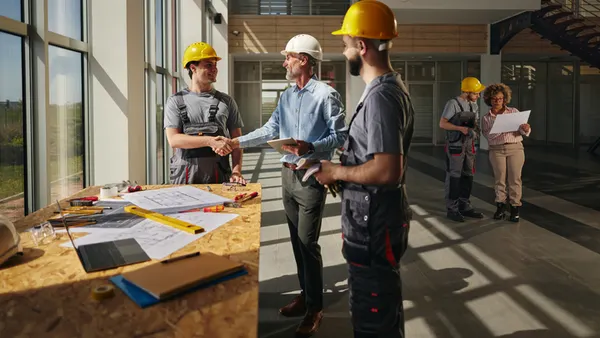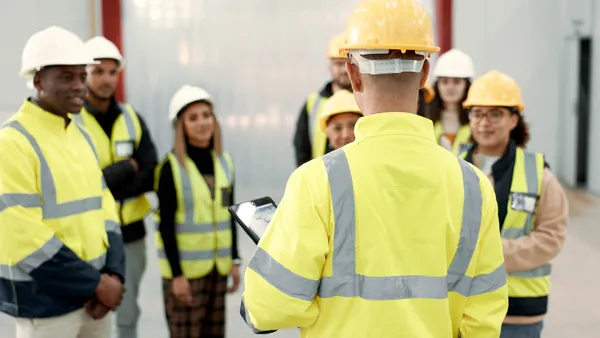Gary R. Armstrong Jr. is the business manager for Iron Workers Local 5 in the Baltimore-Washington D.C. metro area. Opinions are the author’s own.
We often hear that construction is facing a “skilled labor shortage.” Developers and end users say they simply can’t find enough qualified workers to meet demand.
But here in the Mid-Atlantic we see a very different reality. There’s no shortage of skilled ironworkers. There’s a shortage of steady, high-quality jobs.
At Iron Workers Local 5, which represents workers across Washington, D.C., Maryland and Virginia, we have a deep bench of highly trained professionals ready to go to work today. Our apprenticeship program processes applicants every month, and many end up on a waitlist because we already have a ready workforce capable of manning any large project.
Last year alone, roughly 290 individuals sought to join our trade. More than half were qualified and ready to start immediately. Yet most will wait an average of 11 months for an opportunity.
On the second Monday of each month, we process around 24 applicants — many with prior construction experience, certifications and a strong desire to build long-term careers as ironworkers. We also receive about 100 additional applications each year through word of mouth alone, without any formal marketing.
Nationwide, the Iron Workers unions operate more than 130 registered apprenticeship programs, training over 20,000 apprentices through paid, hands-on instruction. Each program typically has hundreds of applicants from diverse backgrounds seeking good wages, benefits and a stable future. On top of that, we maintain a reservoir of highly trained journey workers prepared to go to work at any time.
That level of interest isn’t evidence of a shortage — it’s proof of a willing, skilled workforce ready to build America’s infrastructure. These are hardworking men and women prepared to answer the call, yet too often they’re left waiting because the pipeline of jobs isn’t steady enough. The labor is plentiful; the opportunities are not.
Workers are there to be found
In more than three decades in this trade, I’ve seen the “labor shortage” narrative resurface whenever it becomes convenient to justify bringing in low-wage labor, cutting corners on safety or overlooking the skilled workers who already stand ready to perform this work.
In nearly three years, our organizers have not once had to delay a project for lack of qualified ironworkers. Whether commercial development, bridge rehabilitation or infrastructure expansion, we consistently provide trained, safety-focused professionals. And this is not unique to our region — it’s true nationwide.
Unionized construction has built a sustainable, proven pipeline for developing talent. Our registered apprenticeship programs ensure workers receive rigorous training in safety, rigging, welding and structural assembly. Apprentices earn while they learn, avoid student debt and secure nationally recognized credentials that support lifelong careers.
Strong wages and benefits don’t just attract new workers — they retain experienced ones. When people know they can earn a family-supporting wage, access quality healthcare and retire with dignity, they stay. That stability is what keeps projects running efficiently and safely.
So instead of asking, “Where are the workers?” we should be asking how to better connect ready tradespeople with year-round projects. Public and private construction investment can put hundreds of skilled ironworkers to work tomorrow.
When developers and general contractors partner with union contractors, they access a reliable, fully trained workforce — ready to mobilize without delay. We don’t need to reinvent the system or look elsewhere. The workforce is already here.
The talent, training and capacity exist. The jobs must follow. There’s no shortage of skilled labor; there’s a shortage of projects.


